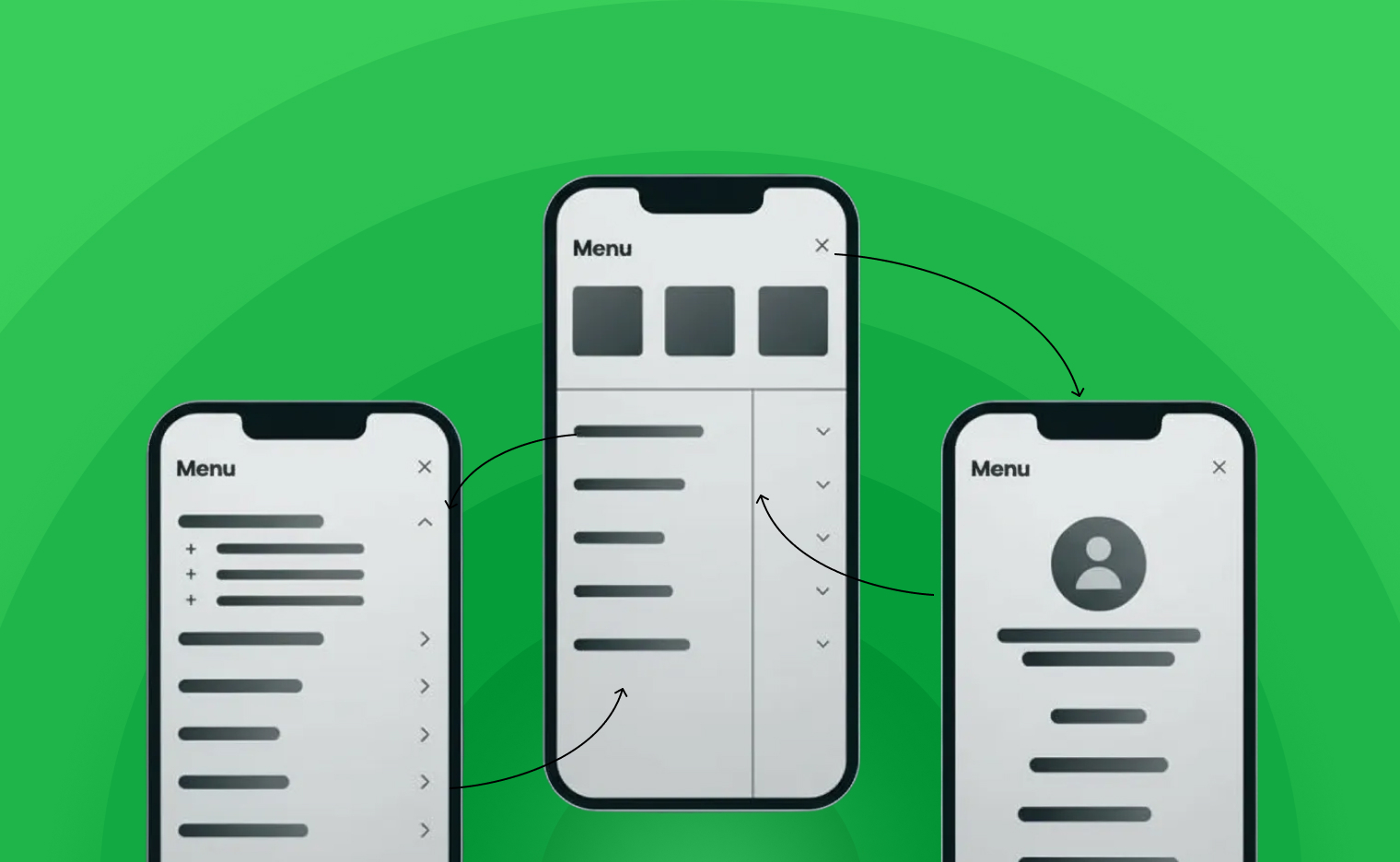
Webflow E-commerce - Building a Powerful Online Store
According to an article by Shopify, the worldwide e-commerce industry made $6.3 trillion in 2023. Today, everyone can set up their e-commerce business in a matter of minutes. Digital tools like Webflow and Wix have made the process much simpler. For people looking to create their own online store, Webflow website offers flexible, customizable, and robust e-commerce solutions without having to hire engineers or experts. Its intuitive drag-and-drop interface helps design a professional website with little to no coding.
It also offers a range of templates, but you don't have to be bound by its limitations since templates are highly customizable. Webflow website builder also offers responsive designs so your business can cater to users shopping through desktop or mobile.
Here are some helpful tips for getting started with Webflow E-commerce:
1.Setting up your product catalog:
The core of building any e-commerce store is the product catalog. After creating a project, selecting a template, and adding design elements like logo, colors, etc that align with your brand guidelines, add products and organize them into collections. These collections should reflect your product categories or types. Make sure to add high-quality images. You can also include detailed product descriptions and optimize SEO throughout the store.

webflow website
Source: Image
2.Designing your e-commerce website:
Unlike other no-code, website-building platforms, Webflow website design offers the maximum flexibility in designing your e-commerce website. The end designs will be according to your product vision and not any copy of a template. With Webflow, you can visually display your products via grid and gallery templates while being consistent with your branding and style across all pages. You can emphasize unique value propositions through text, images, and features.

Source: Image
3.Creating an intuitive shopping experience:
According to Hotjar, the cart abandonment rate in mobile e-commerce stores is up to 85.65%. That's a huge loss of potential business with mobile users. To ensure high conversion rates, a seamless user experience of the entire website and mobile becomes essential. With the Webflow website, you can implement one-page checkouts, guest payments, and auto-save carts to reduce the cart abandonment rate. Webflow helps create the mobile responsive version of your store. Further, Webflow website design allows you to add strong search functionality and appropriate filters so your customers can navigate easily and find the exact products that they're looking for.

Source: Image
4.Shopping cart and checkout optimization:
Webflow website builder allows you to easily edit cart contents and quantities of products. You can minimize steps in the checkout process by precipitating the forms and integrating with third-party payment gateways like PayPal, Stripe, Gpay, etc. In addition to optimizing the checkout process, you can encourage your customers to buy more products by highlighting promotions at checkout and including upselling and cross-selling products in the cart.

Source: Image
5.Managing orders and fulfillment:
Managing an e-commerce store is as important as designing a seamless website. A mismatch in inventory and the number of orders can not only lead to business loss but also create a negative customer experience which can affect the brand reputation of your company. With the Webflow website, you can easily manage orders via the sales dashboard. You can receive notifications about the orders, keep your customers updated with shipping notifications and order confirmations, and provide shipment and delivery estimates at checkout to set accurate expectations.

Source: Image
In conclusion, by leveraging Webflow's easy-to-use e-commerce website-building capabilities, you can not only build a robust online store but ensure that it follows the best user experience practices and reinforces your brand values.
With a Webflow website, you don't have to worry about the complex processes of building an e-commerce website or spend money on hiring a team. It handles both storefront creation and backend management seamlessly. If you face any difficulties in getting started, you can always refer to their list of tutorials in Webflow University.
Still, confused about whether to use Wix or Webflow to build your online store? Check out our recent blog here.
Subscribe for Industry insights
Get cutting-edge design insights + Free pro
resources just for subscribing!
FAQ
Setting up your product catalog is essential for your e-commerce store's foundation. Begin by selecting a suitable template and customizing it to align with your brand guidelines. Then, add products and organize them into collections based on categories or types. Ensure high-quality images, detailed descriptions, and SEO optimization throughout your store for better visibility and user experience.
Unlike other no-code website-building platforms, Webflow offers maximum flexibility in designing your e-commerce website. With Webflow, you can visually craft your website according to your product vision, without being constrained by templates. Utilize grid and gallery templates to showcase your products while maintaining consistency in branding and style across all pages.
To reduce cart abandonment rates and ensure high conversion rates, focus on creating a seamless user experience. Implement features like one-page checkouts, guest payments, and auto-save carts. Additionally, optimize your website for mobile responsiveness, add strong search functionality, and incorporate appropriate filters to enhance navigation and product discovery.
With Webflow, you can easily edit cart contents, streamline the checkout process, and integrate with third-party payment gateways like PayPal and Stripe. Optimize the checkout process by minimizing steps, highlighting promotions, and incorporating upselling and cross-selling opportunities. These strategies help enhance user experience and encourage higher sales.
Managing orders is crucial for ensuring a smooth operation of your e-commerce store. With Webflow, you can manage orders via the sales dashboard, receive notifications, and keep customers updated with shipping notifications and order confirmations. Additionally, provide shipment and delivery estimates at checkout to set accurate expectations and avoid customer dissatisfaction.
More Insights


Nagar, Vanagaram, Chennai, Tamil
Nadu 600095, India
REGISTERED IN Chennai, INDIA.
"Global Team, Building for the world"














.webp)
.svg)